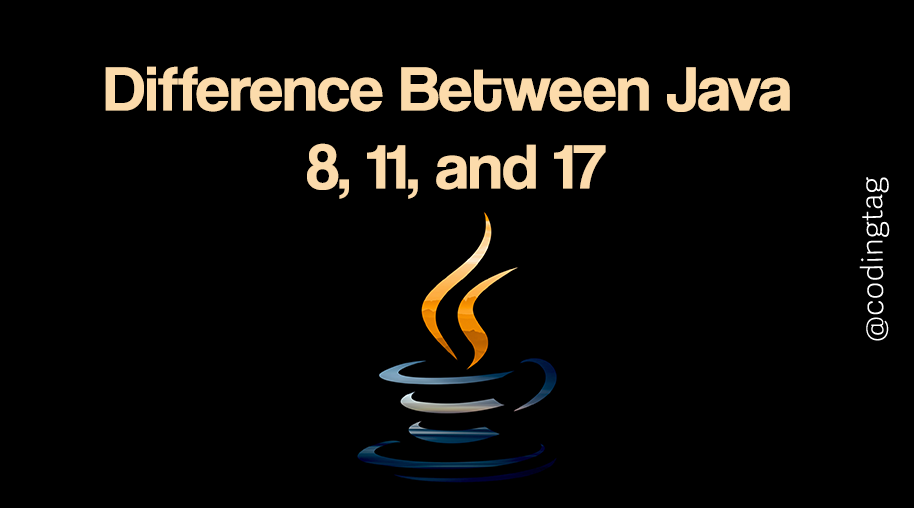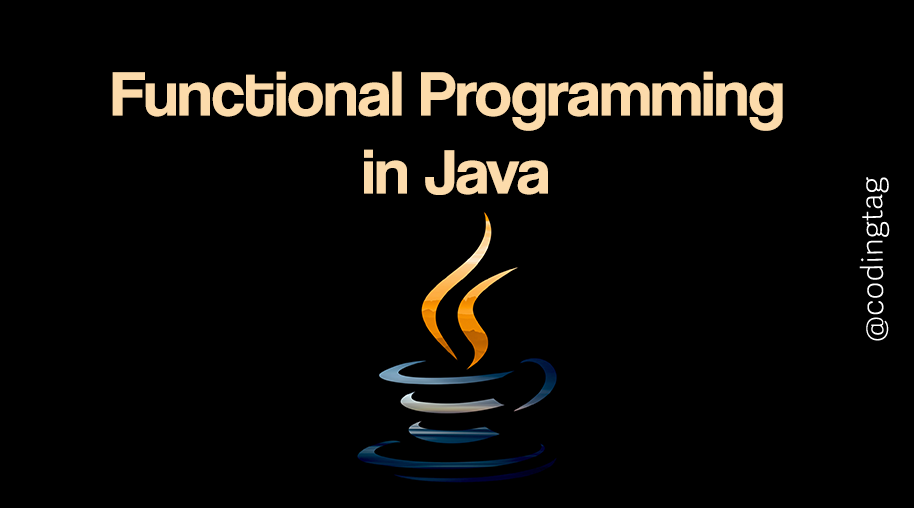Static Keyword in Java
0 488
Introduction to the Static Keyword in Java
In Java, the static keyword is a powerful feature that allows you to define members of a class that belong to the class itself rather than any specific instance.
This means that static variables, methods, blocks, or nested classes are shared among all instances of the class, helping optimize memory usage and enabling shared behavior.
Static Variables (Class Variables)
Static variables are also called class variables because they are common to all objects of the class.
Instead of each object having its own copy, there is only one copy shared across all instances.
class Counter {
static int count = 0;
Counter() {
count++; // Increment shared count for every new object
}
void displayCount() {
System.out.println("Count: " + count);
}
}
public class Main {
public static void main(String[] args) {
Counter c1 = new Counter();
Counter c2 = new Counter();
c1.displayCount(); // Output: Count: 2
c2.displayCount(); // Output: Count: 2
}
}
Static Methods
Static methods belong to the class rather than any instance. They can be called without creating an object of the class.
However, static methods can only directly access other static members of the class.
class MathUtil {
static int square(int number) {
return number * number;
}
}
public class Main {
public static void main(String[] args) {
int result = MathUtil.square(5); // Calling static method without an object
System.out.println("Square of 5 is: " + result);
}
}
Static Blocks
Static blocks are executed once when the class is loaded into memory. They are often used to initialize static variables or perform startup tasks.
class Config {
static String environment;
static {
environment = "Production";
System.out.println("Static block executed: Environment set to " + environment);
}
}
public class Main {
public static void main(String[] args) {
System.out.println("Environment: " + Config.environment);
}
}
Static Nested Classes
Static nested classes are nested classes declared with the static keyword. Unlike inner classes, they do not have access to instance variables of the outer class and can be instantiated without an outer class object.
class Outer {
static class Nested {
void show() {
System.out.println("Inside static nested class");
}
}
}
public class Main {
public static void main(String[] args) {
Outer.Nested nestedObj = new Outer.Nested();
nestedObj.show();
}
}
When to Use Static Members?
- When you want to share common data or behavior across all instances of a class.
- Utility or helper methods that don't require object state.
- Constants and configuration data.
- Classes that logically belong to the outer class but don’t need access to instance data.
Summary
The static keyword in Java plays an essential role in defining class-level members and behaviors. By understanding how to use static variables, methods, blocks, and nested classes, you can write more efficient, organized, and memory-friendly Java programs.
If you’re passionate about building a successful blogging website, check out this helpful guide at Coding Tag – How to Start a Successful Blog. It offers practical steps and expert tips to kickstart your blogging journey!
For dedicated UPSC exam preparation, we highly recommend visiting www.iasmania.com. It offers well-structured resources, current affairs, and subject-wise notes tailored specifically for aspirants. Start your journey today!

Share:






Comments
Waiting for your comments